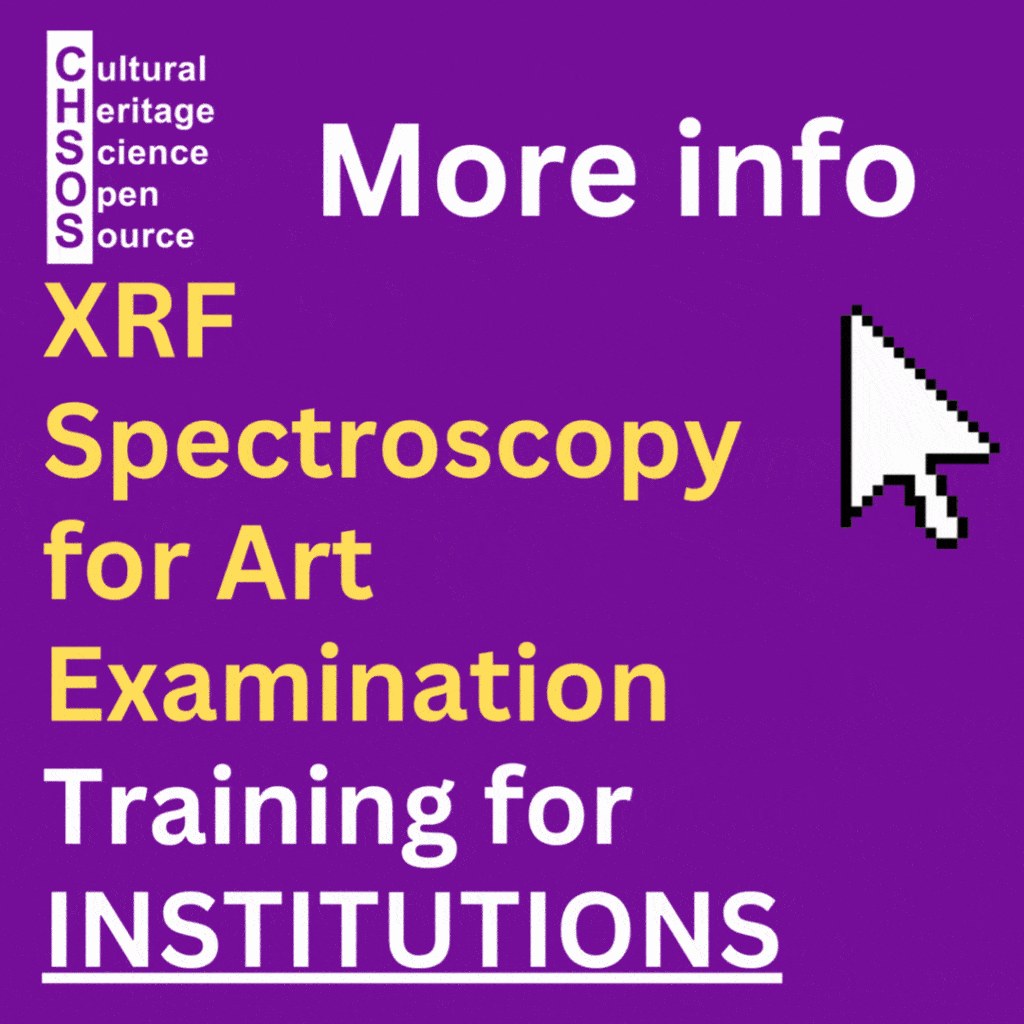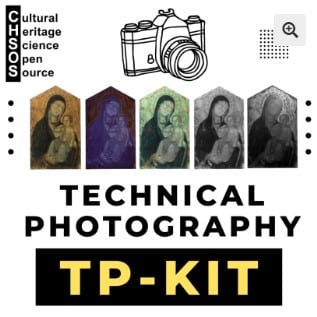Home » Products » Reflectance Spectroscopy » Gorgias – Reflectance Spectroscopy system » Gorgias for Woodcut prints
Gorgias – Reflectance Spectroscopy – to identify pigments on woodcut prints
This video demonstrates the application of the Gorgias reflectance spectroscopy system for the non-invasive analysis of pigments on a hand-colored woodcut print. The goal is to determine the approximate date of the coloring by identifying the pigments used and comparing them to known historical timelines.
The analysis proceeds by collecting reflectance spectra from selected areas of the print and matching them with a reference database of historical pigments. The identified pigments include raw sienna, red lead, cobalt blue, cadmium yellow, and chrome green. Each match is verified through spectral comparison, highlighting the precision and reliability of the system.
The presence of pigments such as cobalt blue (introduced after 1807), cadmium yellow (after 1820), and chrome green (after 1862) indicates that the coloring of the print was carried out no earlier than the late 19th century.
This case study illustrates how portable reflectance spectroscopy can support the dating of artworks and printed materials in a non-destructive and accessible way, offering valuable insights for conservators, scholars, and institutions working in the field of cultural heritage.























